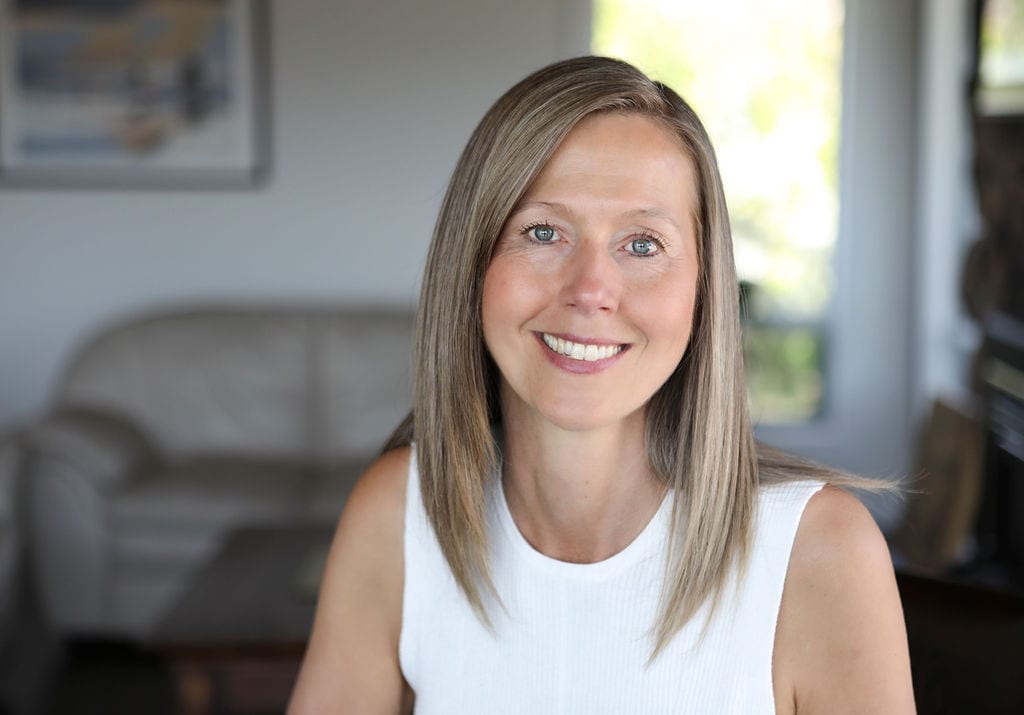
Best advice for anyone newly diagnosed with multiple sclerosis
Being newly diagnosed with multiple sclerosis is scary. When I was diagnosed 30 years ago, I didn’t know anything about MS. I didn’t know anyone who suffered with it. I understood that it was a serious disease, but I had no idea how debilitating it could be.
My neurologist told me that there was no known cause of multiple sclerosis, and no cure. He assured me that there was nothing I could do to change the course of the disease, and that I would become completely disabled in time.
I was completely devastated, and I thought my life was over.
However, by the grace of God and diligence on my part, I learned that there is a cause. And by treating the cause, I have been able to live MS free for the past 30 years.
I’ve also had the wonderful privilege of coaching over 600 people in the Live Disease Free Academy, helping them to recover from multiple sclerosis and many other chronic diseases. These Wellness Champions are my heroes, and I am inspired by them every day.
Act Fast
For myself and many Wellness Champions, treating the infections that cause MS as quickly as possible after our diagnosis allowed us to have the most recovery – often a full recovery.
MS is an infectious disease. We have many documented cases of Wellness Champions who treated infections early on in their diagnoses (within months or the first few years of diagnosis) and have been able to become symptom-free in as little as 3-4 months.
Important Insights
When you’re first diagnosed, you have choices to make about which path you want to follow – be it standard of care or a different approach.
Let’s start with the current standard of care. We know that MS is an autoimmune disease of the central nervous system. The disease attacks myelin, the protective covering of the nerves, causing inflammation and often damaging the myelin. The experts will tell you the cause is unknown and that there is no cure.
What are the treatment options?
Disease modifying drugs alter the function of our immune system, by suppressing parts of the immune system. This leads to an increased risk of other infections, including a rare brain infection that is terminal and even cancer. They are called maintenance medications, and are to be taken for the rest of the patient’s life – pending on the adverse effects.
They are not a cure for multiple sclerosis, but an attempt to slow down the progression to disability. Although initial trails always look hopeful, in time these treatments have traditionally failed to slow down the progression to disability.
Some treatments destroy B cells, others trap T cells in the lymph nodes, while others prevent immune cells from entering the central nervous system. Chemo drugs and stem cell transplants (or HSCT) are becoming more popular, but greatly increase the risk of cancer.
Could I be lucky and have a milder form – not become disabled?
Most people who are diagnosed with RRMS will eventually transition to a secondary progressive course in which there is a progressive worsening of neurologic function (accumulation of disability) over time.
The relapses and remissions that used to come and go change into symptoms that steadily get worse. The shift typically begins 15 to 20 years after you’re first diagnosed with MS.
What are the long-term concerns of MS? What will my life look like in 5, 10, 15 years?
Early on, most people can manage their MS symptoms. The attacks come and go, but the biggest challenge is the fear of the future. Not knowing when the next MS attack will take place, or what level of disability the future holds is incredibly stressful. MS is an unpredictable disease.
The Live Disease Free approach
We understand that MS is an infectious disease, caused by multiple infections. Those with MS are in a state of dysbiosis – they have too many disease-causing microbes (parasites, fungi and bacteria) and not enough health-promoting microbes.
In the Live Disease Free Academy, treatment involves:
- eating a highly nutritious, low-carb diet
- supporting the body
- strategically treating infections over several cycles
- building back the body’s natural defence
- building a healthy lifestyle
The sooner the infections are treated, the less populated they are in the body and the less nerve damage they will cause. I was very fortunate to catch my symptoms early, treat infections and get back to living my life. I closed that chapter of my life, and I want that for you, too.
My best advice is to treat the cause of MS vs. the symptoms. Treat infections as soon as possible, to avoid permanent damage and have the most recovery possible. Being diagnosed with MS is incredibly hard and life-altering, but you can recover and have a bright future. To learn more, check my full article “What Causes MS?” or please watch my video below.

Clinically diagnosed with multiple sclerosis at the age of 28, Pam chose an alternative approach to recovery. Now decades later and still symptom free, she coaches others on how to treat the root cause of chronic disease, using a holistic approach. She can teach you how, too.
Pam is the author of Become a Wellness Champion and founder of Live Disease Free. She is a wellness expert, coach and speaker.
The Live Disease Free Academy has helped hundreds of Wellness Champions in over 15 countries take charge of their health and experience profound improvements in their life.

